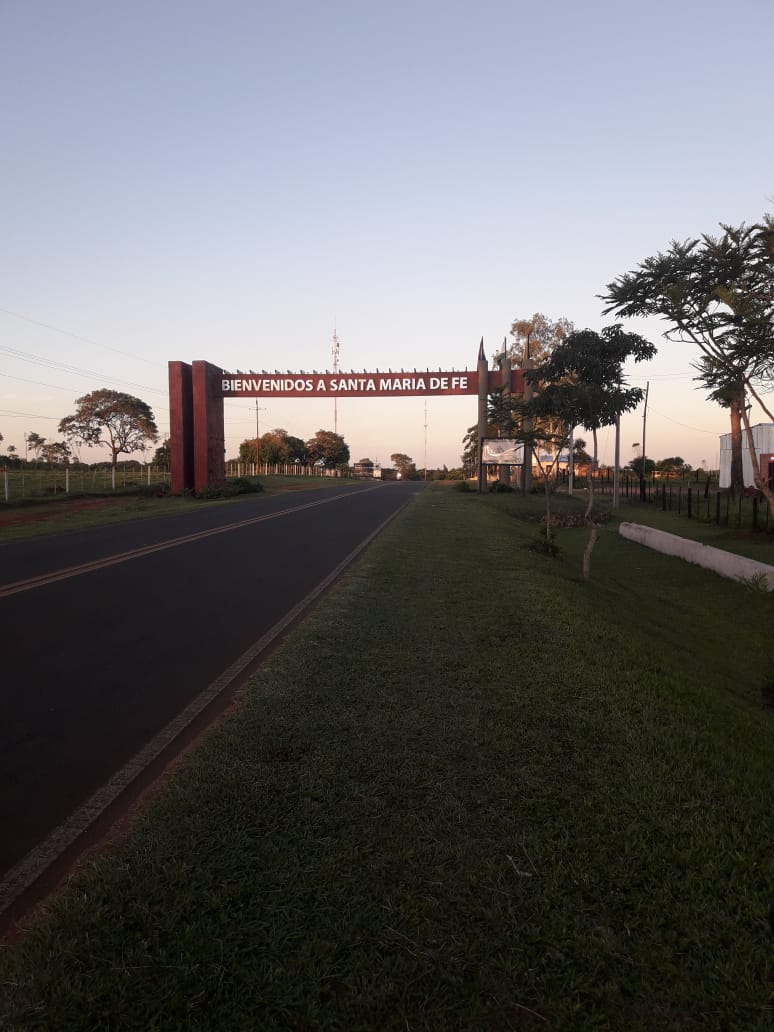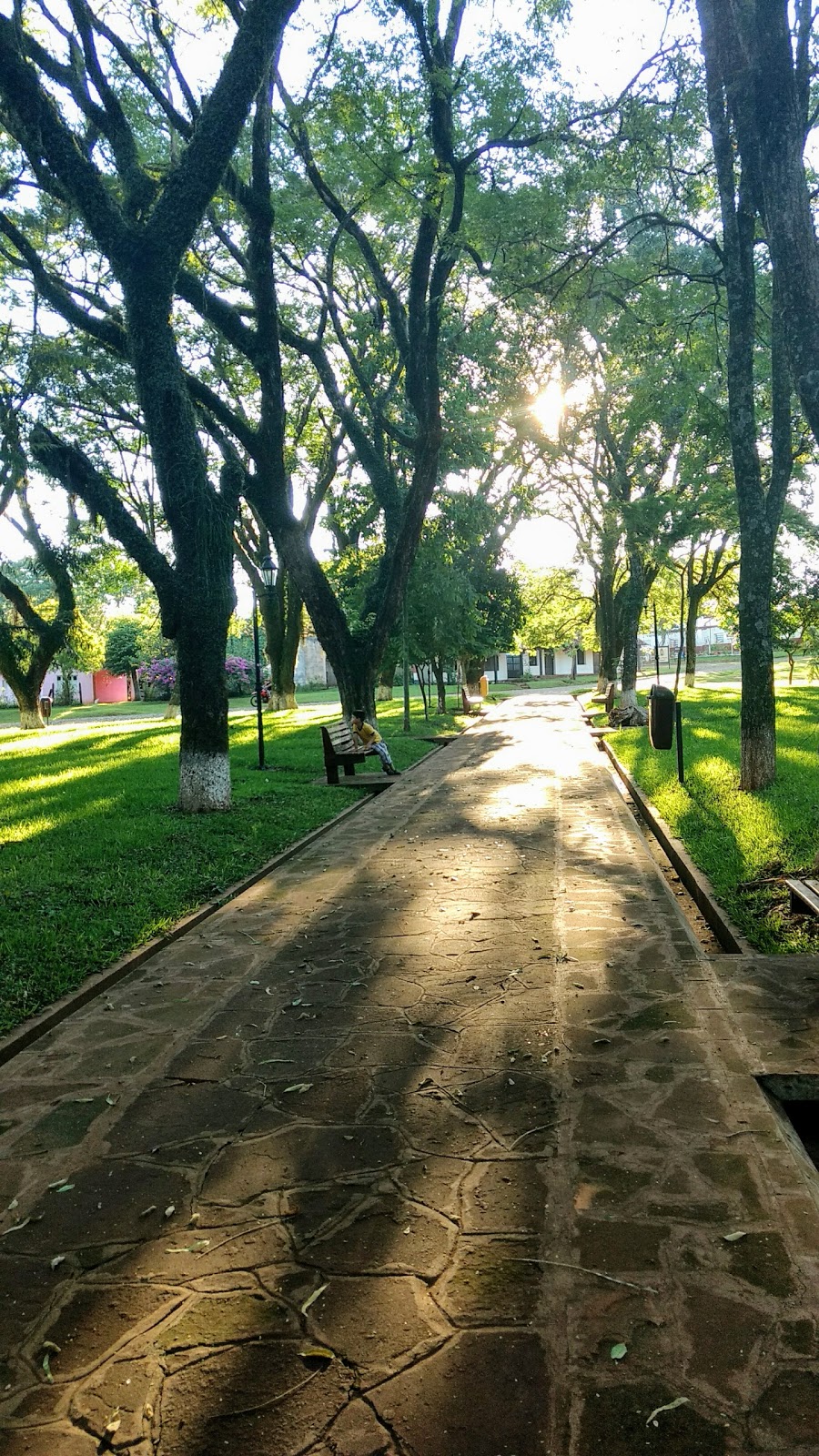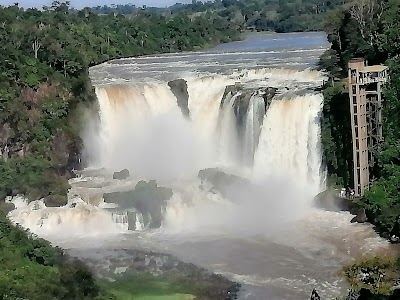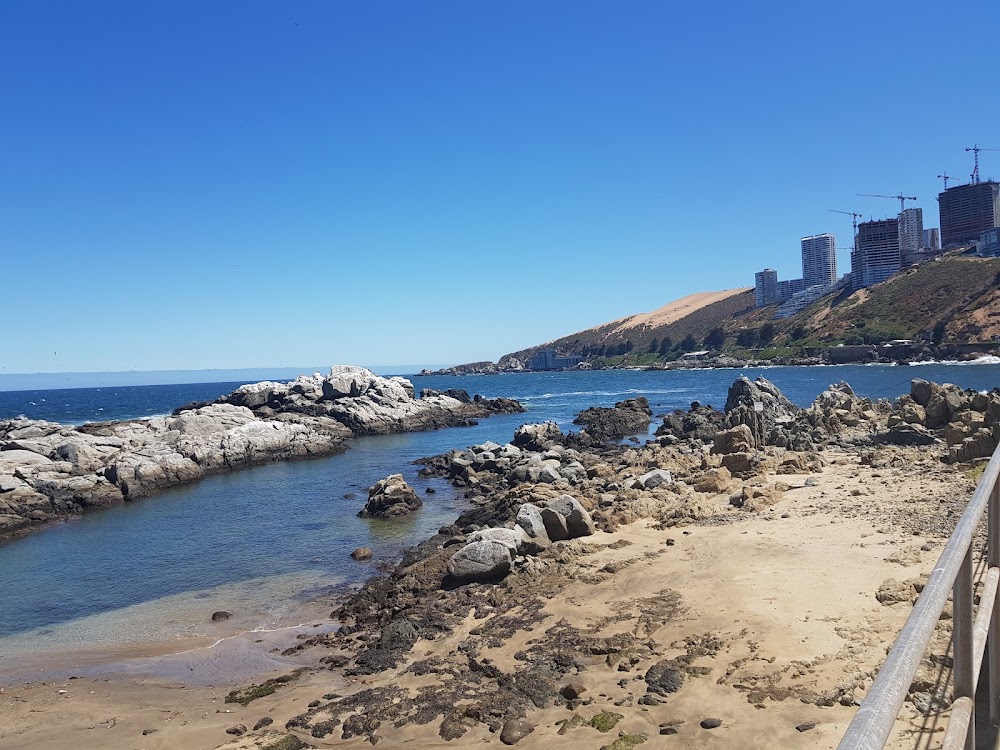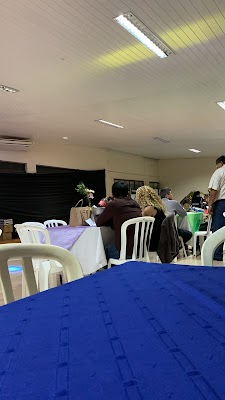Santa María de Fe (Santa María de Fe)
Overview
The town of Santa María de Fe, nestled in the Misiones Department of Paraguay, is steeped in rich historical significance that dates back to the Spanish colonial era. Established in 1647 by Jesuit missionaries, this vibrant community was part of a network of Jesuit Reductions—a series of settlements designed to convert the indigenous Guaraní people to Christianity and protect them from colonial exploitation.
Santa María de Fe was meticulously planned by the Jesuits, featuring a central plaza surrounded by crucial communal buildings, including the church, school, and workshops. This intentional design ensured that the town's activities revolved around its religious and educational missions. The church, an impressive example of Baroque architecture adapted to local resources, became the heart of the reduction, serving both spiritual and communal needs.
The construction of these buildings was a collaborative effort, with the Guaraní people working alongside the Jesuits. Utilizing locally sourced materials like adobe for walls and palm wood for roofing, the structures harmonized with the natural environment while providing durability. Artistic expression flourished in the community, as Guaraní artisans became skilled in wood carving, producing stunning religious sculptures and intricate altarpieces that continue to captivate visitors today.
A distinctive feature of the Jesuit missions, including Santa María de Fe, was the introduction of European agricultural practices and crafts to the Guaraní. The Jesuits educated the indigenous population on cultivating various crops, breeding livestock, and employing new tools and techniques, significantly enhancing their agricultural productivity. Workshops were established to train artisans in carpentry, blacksmithing, and pottery, resulting in a vibrant local economy.
Despite their successes, the Jesuits faced significant challenges in defending the reductions against slave traders and rival colonial forces. The community's relatively autonomous and egalitarian structure often clashed with colonial authorities seeking control over the region. The expulsion of the Jesuits from Spanish territories in 1767 marked a pivotal moment in history. Without Jesuit leadership, many reductions, including Santa María de Fe, underwent drastic changes, eventually merging into the broader colonial society.
Today, Santa María de Fe stands as a living testament to this fascinating historical narrative. The town has preserved many of its original features, with restored buildings and artworks offering a glimpse into its past. The church remains a central landmark, showcasing the artistic and cultural achievements born from the collaboration between the Jesuits and the Guaraní people.
Visitors to Santa María de Fe can explore the museum housed in the former Jesuit college, which displays a collection of artifacts, sculptures, and documents that tell the story of the mission and its inhabitants. Strolling through the town, one can still see the influence of the Jesuit-planned layout, providing an insight into the orderly and communal life envisioned by its founders.
The history of Santa María de Fe is a remarkable testament to the collaborative spirit between the Jesuits and the Guaraní people, highlighting a unique blend of cultures that flourished under shared principles of respect and purpose. Even centuries later, this charming town in Misiones remains a beacon of cultural heritage and historical significance in Paraguay, inviting visitors to connect with its storied past.


